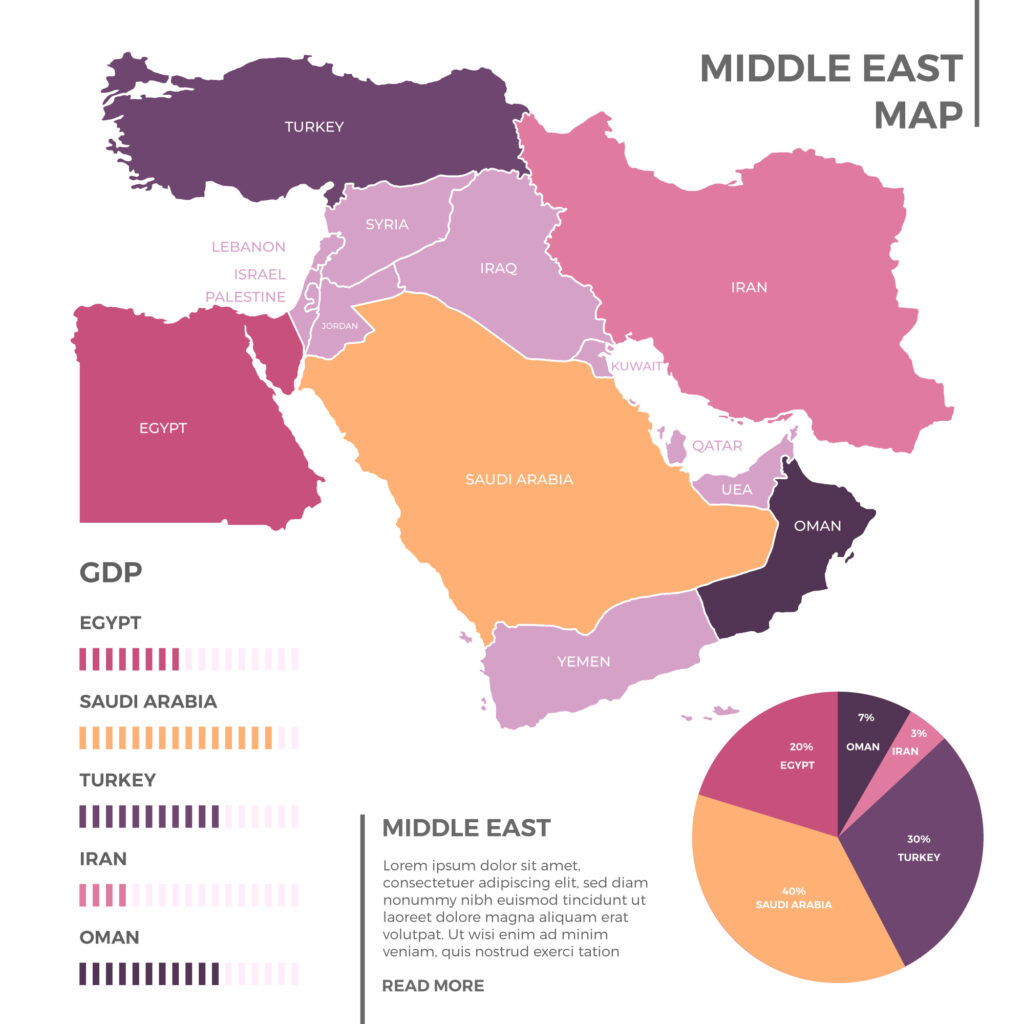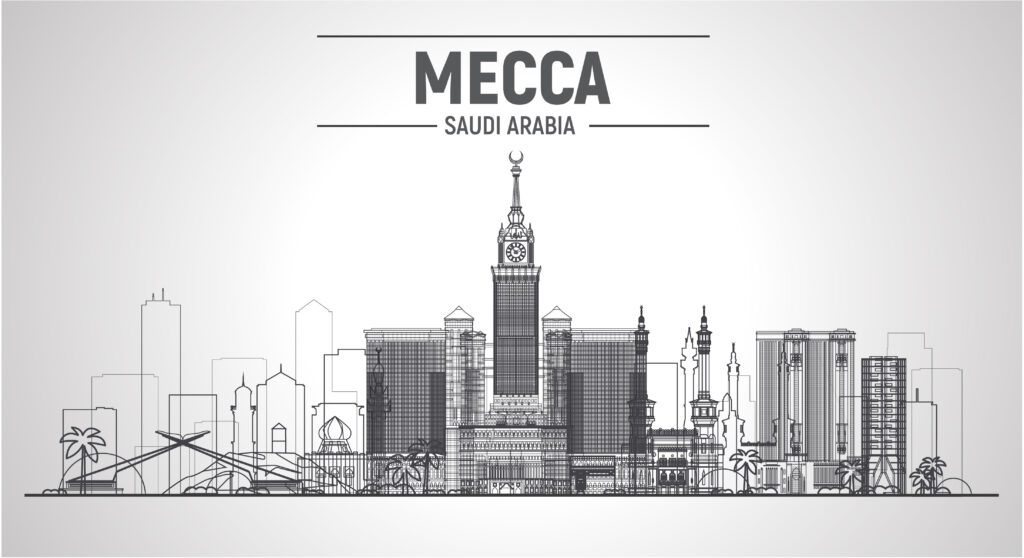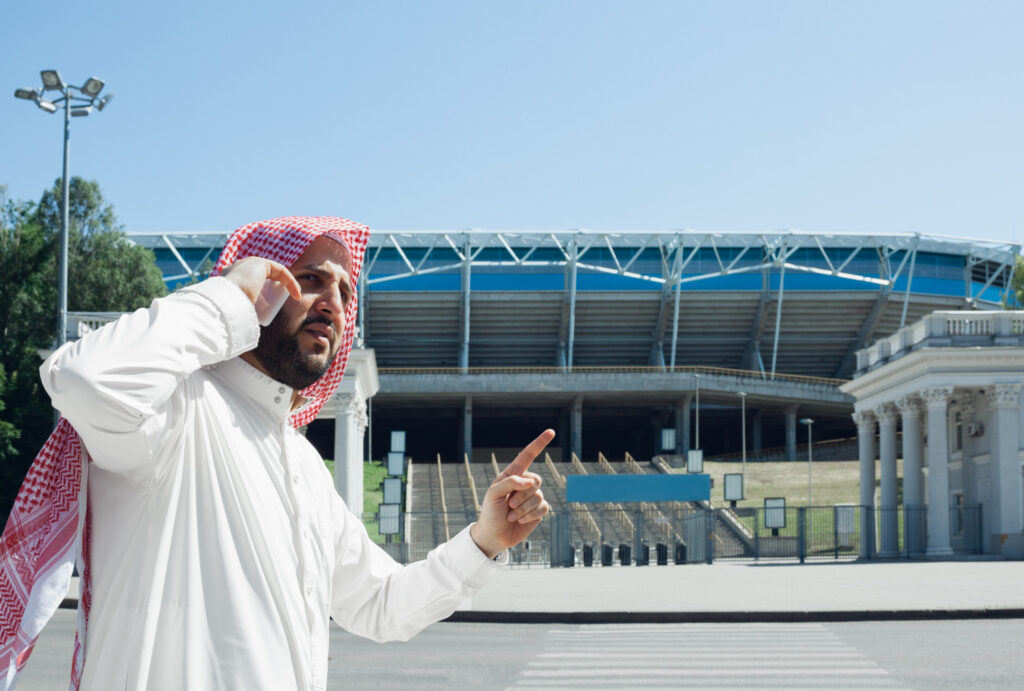The Kaaba, often referred to as the “Black Box in Mecca,” is a structure of profound significance in Islam. It serves as the focal point during the Tawaf ritual, an act of devotion performed during the Hajj and Umrah pilgrimages. But what exactly is Kaaba’s Interior? And why does it hold such a key place in the hearts and minds of Muslims worldwide?
Understanding the Kaaba
The Kaaba, draped in a black silk cloth known as the Kiswa, is a cuboid structure in the heart of Mecca’s Masjid al-Haram. It’s considered the “House of God,” and Muslims around the world face it during their daily prayers. But what is it that resides inside this revered monument?
Inside the Black Box: The Kaaba’s Interior
Though few get the opportunity to glimpse inside, the Kaaba’s interior is reportedly simple and unadorned. It contains a marble floor and three wooden pillars supporting a ceiling adorned with gold and silver decorations. A staircase leads to the roof, with a small table for incense and perfumes. However, it’s not about the physical contents that make the Kaaba special, but the spiritual significance it holds for billions of Muslims worldwide. It symbolizes the unity of Muslims, their singular devotion to Allah, and their shared spiritual journey.
History of Kaaba
It is the first house placed for people to worship God. The Kaaba was built after the mission of the Prophet (pbuh). After it was demolished for the first time, and when the Kaaba was built, its first area was 145 meters.
As for its first construction, the scholars differed as follows:
- Firstly, Angels or Adam:
Some of them say that the angels were the first to build the Kaaba before Adam (pbuh). But some say that the Prophet Adam was the first to build it
- Secondly: Sheth
Some of them said that The one who built the Kaaba was Adam’s son (pbuh) Sheth.
- Moreover, Abraham:
Some say that the Prophet Abraham (pbuh) was the first to build the Kaaba.
Scholars differed on who was the founding builder of the Kaaba, but the most likely saying is that Adam (pbuh)
The Tawaf Ritual: A Vital Component of the Hajj and Umrah
One of the most critical rituals in the Hajj and Umrah is the Tawaf. It involves circumambulating the Kaaba seven times in a counter-clockwise direction. But what are the rules for Tawaf? And what are the two Rakats after Tawaf? Understanding these details is vital for anyone planning to undertake this spiritual journey. For more detailed information on these questions, you can visit:
What Are The Two Rakats After Tawaf?
FAQs
Can You Read Quran During Tawaf?
Yes, reciting Quranic verses during Tawaf is permissible and encouraged. For more information, read [Can You Read Quran During Tawaf?]
What are the Different Types of Tawaf?
There are various types of Tawaf, each with a specific purpose and time. For more details, visit [What are the Different Types of Tawaf?].
Can You Wear Shoes During Tawaf?
Yes, wearing shoes during Tawaf is generally allowed. Read more at [Can You Wear Shoes During Tawaf?].
Can You Touch Kaaba During Tawaf?
Yes, you can touch the Kaaba during Tawaf, but without causing any crowding. For more details visit [Can You Touch Kaaba During Tawaf?]
Conclusion
The Kaaba, the black box in Mecca, holds an indescribable significance for Muslims worldwide. It’s not just about what’s physically inside; it’s about the spiritual essence it encapsulates. As Muslims perform the Tawaf, they’re not merely circling a structure; they’re expressing their dedication to a faith that unites them under one God, one Ummah.






